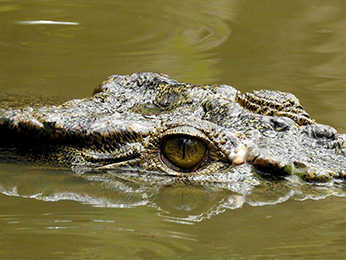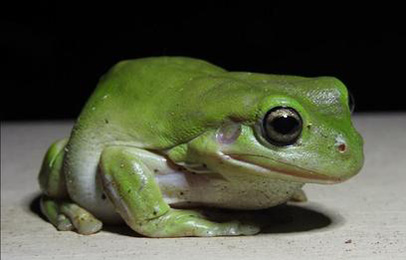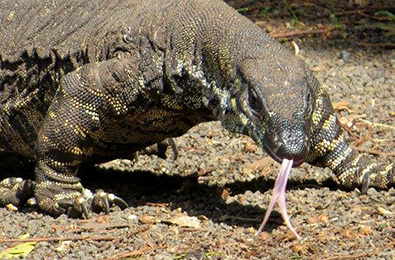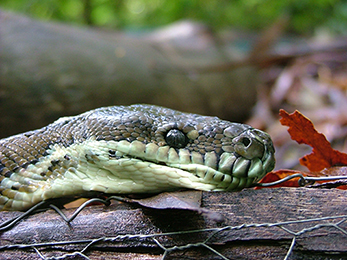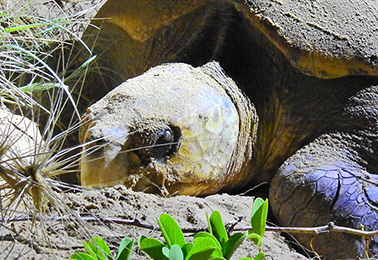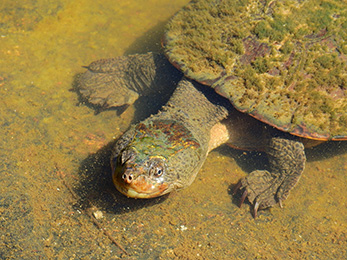AUSTRALIAN REPTILES AND AMPHIBIANS
Introduction to Australian Reptiles
Australia’s sunburnt landscapes and verdant rainforests are home to a dazzling array of reptiles that embody an ancient lineage and a legacy of survival. These scaly serve as living relics of the past, each one uniquely adapted to a continent of extremes—from the arid red deserts to lush tropical woodlands.
Ancient Survivors in a Changing Landscape
Reptiles, with their ancient lineage, are a testament to survival and adaptation. Over millions of years, these creatures have evolved intricate survival strategies that allow them to thrive in Australia’s diverse climates. Their evolutionary journey is not only fascinating—it is also an inspiring narrative of life’s resilience. Some key aspects include:
Evolutionary Heritage:
Reptiles emerged long before mammals and birds, adapting over time to environments that have undergone dramatic changes. Their long history is etched in every scale, claw, and stealthy movement.
Adaptive Strategies:
Each species has honed its particular means of survival. While some have developed intricate camouflage to blend seamlessly with the ochre earth or vibrant vegetation, others boast cunning hunting methods that have been refined over countless generations.
Understanding Ectothermy: The Art of Temperature Regulation
A popular but misleading label for reptiles is “cold-blooded.” The more precise term is ectothermic, meaning these animals regulate their body temperature through external sources rather than relying on internal metabolic processes. This fascinating method of temperature control involves:
Heat Absorption:
Reptiles bask in the sun to warm up, harnessing the radiant heat of their surroundings to kickstart essential biochemical processes.
Cooling Strategies:
When temperatures soar, these creatures seek shelter in the shade, retreat into burrows, or even adjust their posture to minimise direct sunlight. This efficient system allows them to thrive across Australia’s varied climates—from the sunbaked outback to the humid tropics.
Understanding this physiological nuance deepens our appreciation of the close-knit relationship between these reptiles and the environments they inhabit. It underscores how every sunbeam, patch of shade, and hidden burrow plays a role in their daily survival.
Masters of Camouflage:
Many Australian reptiles have scales that shimmer with subtle hues, designed to mimic the backdrop of desert sands or the leafy canopy. This camouflage is not only a defence mechanism but also a silent art form that speaks of nature’s ingenuity.
Cunning Hunters:
Some species have evolved sharp instincts and nimble physiques that make them formidable predators. Their hunting techniques, honed over millennia, allow them to secure sustenance while maintaining the delicate balance of the ecosystem.
Diverse Sizes and Forms:
Ranging from creatures as small as a fingertip darting among leaves to species commanding respect with their size and ancient demeanour, Australian reptiles display an impressive diversity. Each individual is a reminder that even in the harshest environments, life finds a way.
Broader Connections: Reflecting on Amphibians
While our focus is on reptiles, it is impossible not to acknowledge the beauty and fragility of Australia’s amphibians. These dual-life creatures, which begin their journey in water before venturing onto land, are also vital components of our ecosystems. Their sensitive, permeable skin makes them excellent indicators of environmental change, reminding us that:
Ecosystem Health:
Amphibians act as the early warning system of natural environments, alerting us to shifts in ecosystem balance—much as reptiles have long signalled the resilience of life in challenging conditions.
This connection invites us to appreciate the comprehensive tapestry of life in Australia—a network in which every creature, from scaly reptile to vibrant amphibian, plays a crucial role.
Embracing Conservation Through Knowledge
In exploring the lives of Australian reptiles, we gain more than just an understanding of their survival strategies. We embark on a journey that inspires conservation and respect for nature’s intricate network. Some key conservation insights include:
Preserving Habitat Diversity:
Protecting the varied landscapes—from arid deserts to tropical forests—is essential for supporting the diverse reptile species that call Australia home.
Understanding Ecological Roles:
Reptiles contribute to controlling pest populations, pollinating plants, and maintaining soil health through their behaviours. Their presence is a signal of robust ecosystem function.
The Ripple Effect of Conservation:
Keeping these ancient creatures safe is not merely about the reptiles themselves; it is a commitment to safeguarding the broader ecological tapestry that ultimately supports our own well-being.
The vibrant world of Australian reptiles is an invitation to witness nature’s age-old experiment in survival and adaptation. With their ancient lineage, unique ectothermic regulation, and diverse forms, these creatures are as much a testament to the creative force of evolution as they are a call to care for the natural world. By embracing their stories, we remind ourselves of our interconnectedness with nature, urging us to protect and cherish the remarkable wildlife that enriches our planet.
As we continue to explore and learn about these fascinating animals, let us remain inspired by their resilience and commitment to life in all its forms—a living legacy that calls for thoughtful conservation and enlightened stewardship.

